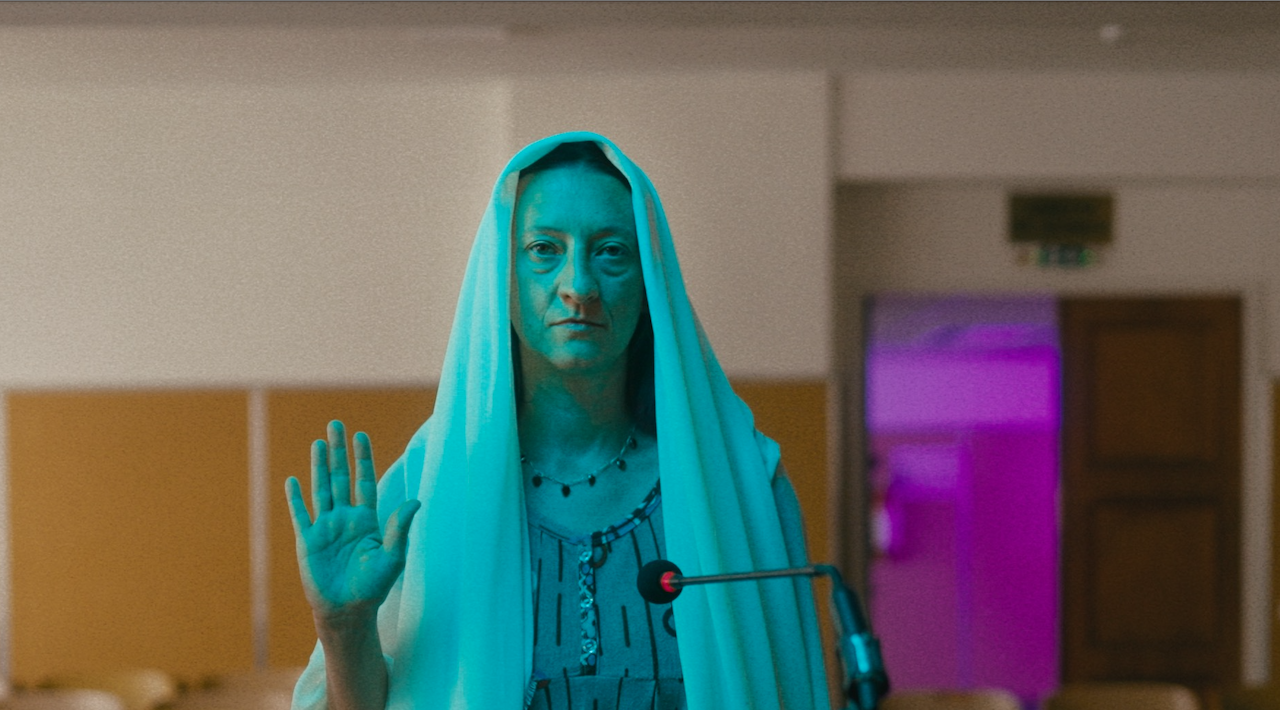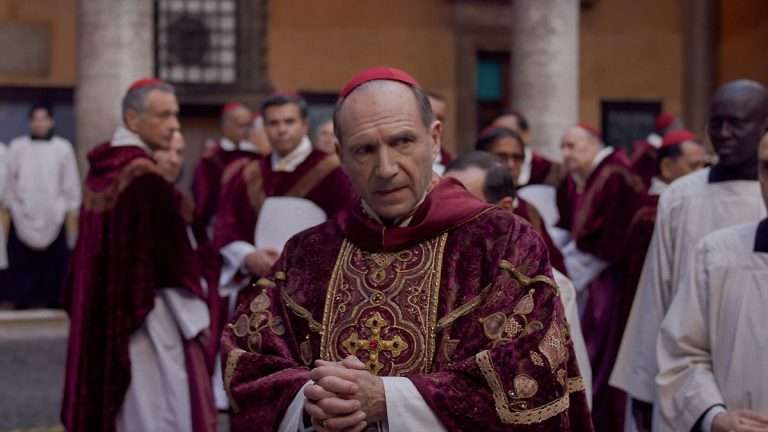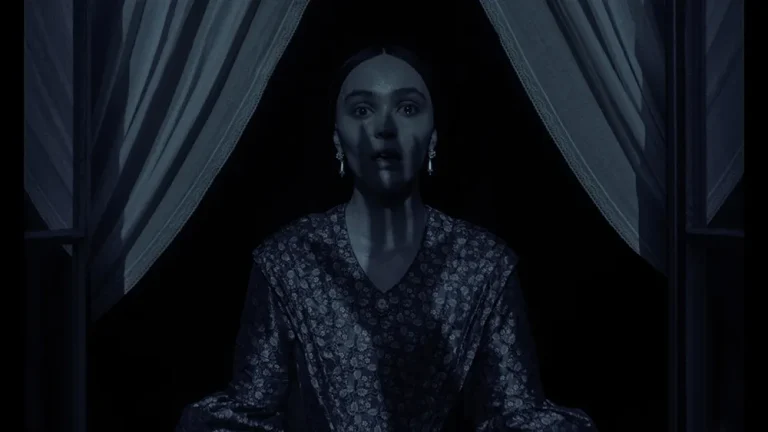Elina Psykou’s “Stray Bodies” chronicles the journey of four European women seeking medical support across the legislative context of their homelands. This is the story of the contemporary body, the martyr of intrinsic desires and fundamental rights, getting political. This body is primarily a female body: the elected by nature body to bear the praxis of birth. Think of the Virgin Mary and the ‘sacred womb.’ Think of every woman who ever faced an unwanted pregnancy or every woman who was denied impregnation.
Robin is a woman in her early 20s, pregnant after a casual sexual encounter. Living in Malta, the country with the most restrictive abortion laws in the EU, she is involuntarily challenged to make life decisions that will affect her health, ideological, political, and financial integrity. Katerina is a single woman who resorts to Greece to receive IVF treatment and fulfill the dream of having children— a will rejected by the law of her country, Italy. She is confronted with the logistics of such a process while being questioned by her social environment about the choice of a sperm donor and attacked by chauvinistic ideas of gene mixing and stereotypes of exotic beauty.
Kiki has been bedridden for years, with only two methods of communicating her fully alert consciousness: her eyes and an automated voice device. Her request is to take control of her death. Anastasia witnessed her mother withering after the invasive treatment for her terminal illness postponed her life but irreparably altered her and significantly reduced the quality of her remaining life. She travels to Switzerland to find constructive consolation and a more respectful alternative to such situations.
On the way, the Greek acclaimed director Elina Psykou stops for counter-opinions. Her camera stands in front of characters that are mainly from political or activist backgrounds. They are passionate examples of an opulent and intolerant society, and Elina encourages them to speak up for their opinions. Without any tampering intentions, Elina captures these dissenting voices with all patience and respect, leaving the audience in the confluence of a debate to take their chances and dare their opinions. The way I heard them, they may be allegiant to jaded societal ideologies or stifling rhetoric of the church or simply convoluted by traditional norms and forms. Nevertheless, they exist within the EU territory, often as leading forces that not only shape the law and constitution but also project fundamental predicaments to individuals.

“Stray Bodies” makes a clear case of how the EU, the alleged land of peace, managed to create and impose a currency (as one character sarcastically comments) but never really supported the transnational inherent conflicts within its reach. Those with disadvantages by nature are rejected and expelled. Now, that might be no news to many. The European Union has been an agreement for economic interests, and this journey presents yet another case of financial exchanges between the EU countries.
Whether you agree with this as a fact or not, this documentary ventured to face two major debates that might be, for many, resolved on a personal level. Still, from a humanistic and cultural perspective, they might never reach a consensus. By allowing polar opposite viewpoints to stand next to each other – something proven to be impossible if not within cinema – and without seeking an answer to hold on to, the documentarian offers a dialogue (over a monologue) on inaccessible matters. In a way, she restores democratic values that have been long forgotten. This polyphonic aspect of the documentary is the biggest triumph of this picture.
Open to the inevitable biases the documentary entails, Elina chose to follow individuals fighting for their wills and rights over the counter, and by doing so, she takes a clear stance on these matters. The individuals she follows confront their choices and the possible risks they might entail, proving that we do receive influence and guidance from the context that surrounds us. Morally and ethically, we are participants in the same conversation, but ultimately, one’s life, risks, and success are entitled to the individual.
This, I say, is in conflict with the established image of the Virgin Mary, a symbol of motherhood and womanhood that weighs and surveys life and death. Psykou insists on bringing it up during the documentary. It’s a strong metaphor that serves as a reminder of how women have been perpetually conditioned. The director is by no means defiant or strong-opinionated. Still, she does inevitably take a stance as a filmmaker, female, and individual with candor and sensitivity (rightfully, as transparent subjectivity is the best alternative to navigate perplexed topics.) I guess this simple idea propelled the poster’s design that accompanied the picture.
Provocative to many, this poster, in combination with the broached subjects that are interconnected with religion and faith (but for many, they are matters of church), stirred up hate on social media and inflicted riots in the streets of Thessaloniki (Greece), where the film premiered. This outburst is an explicit illustration of how the (orthodox) church is embroiled in polemics and how bigotry is infectious. But I prefer to sign off by saying that the actual victory of “Stray Bodies” is not on this public attention, but on the challenge of opening the doors to those who stand in shutting them down and having them welcomed inside the theatres.


![Beanpole [2019] ‘MAMI’ Review – An Intense post-War drama from Women’s perspective](https://79468c92.delivery.rocketcdn.me/wp-content/uploads/2019/10/Beanpole-1-768x411.jpg)
![The Mortuary Collection [2020]: ‘Fantasia’ Review – Anthology of Horror Stories that take you by surprise](https://79468c92.delivery.rocketcdn.me/wp-content/uploads/2020/08/The-Mortuary-Collection-1-768x322.png)



